Tennis elbow is a common condition that affects many people who play racquet sports or perform repetitive motions with their arms. It causes pain and inflammation in the elbow joint and the surrounding muscles and tendons. In this blog post, we will explain what causes tennis elbow, how it is diagnosed, and what you can do to prevent it or treat it if you have it.
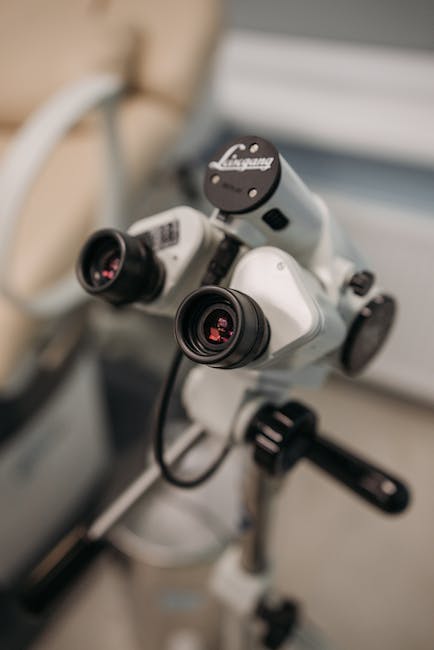
What is Tennis Elbow?
Tennis elbow, also known as lateral epicondylitis, is a type of tendinitis that affects the outer part of the elbow. Tendinitis is the inflammation of the tendons, which are the tissues that connect muscles to bones. Tennis elbow occurs when the tendons that attach the forearm muscles to the elbow bone become irritated or damaged by overuse or injury.
Tennis elbow can affect anyone who uses their forearm muscles frequently, such as carpenters, painters, plumbers, chefs, or musicians. However, it is more common among people who play racquet sports, such as tennis, squash, or badminton. This is because these sports involve a lot of gripping, twisting, and swinging of the arm, which can put stress on the elbow tendons.
What are the Symptoms of Tennis Elbow?
The main symptom of tennis elbow is pain on the outside of the elbow, which may radiate to the forearm and wrist. The pain may be worse when you try to grip something, raise your hand, or straighten your arm. You may also experience stiffness, swelling, or weakness in your elbow or forearm.
The symptoms of tennis elbow may develop gradually over time or suddenly after an injury. They may last for several weeks or months, depending on the severity of the condition and how well you rest and treat your elbow. In some cases, tennis elbow may become chronic and affect your daily activities and quality of life.

How is Tennis Elbow Diagnosed?
To diagnose tennis elbow, your doctor will ask you about your medical history, your symptoms, and your activities that may have caused or worsened your condition. Your doctor will also examine your elbow and perform some tests to check for pain, tenderness, swelling, or reduced range of motion in your joint.
Your doctor may also order some imaging tests, such as an X-ray or MRI, to rule out other possible causes of your elbow pain, such as arthritis, fracture, infection, or nerve compression. In some cases, your doctor may also perform a test called electromyography (EMG), which measures the electrical activity of your muscles and nerves. This can help determine if there is any damage to the nerves that control your forearm muscles.
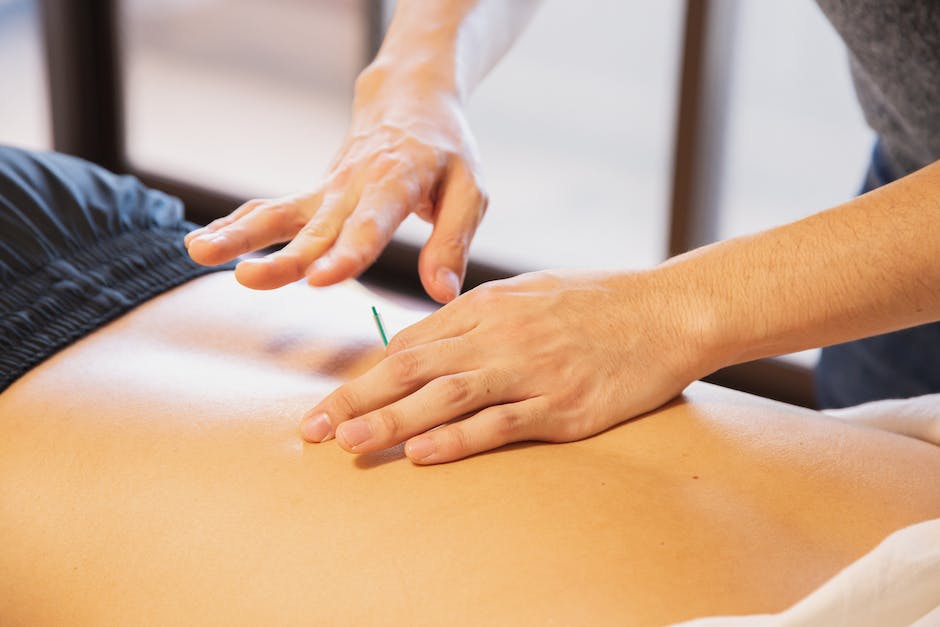
How is Tennis Elbow Treated?
The treatment of tennis elbow depends on the severity of your symptoms and how much they affect your daily activities. The main goals of treatment are to reduce pain and inflammation, promote healing of the injured tendons, restore function and strength of your elbow and forearm muscles, and prevent recurrence of the condition.
The most common treatments for tennis elbow include:
- Resting your elbow and avoiding activities that aggravate your pain
- Applying ice packs or cold compresses to your elbow for 15 to 20 minutes several times a day
- Taking over-the-counter anti-inflammatory drugs (NSAIDs), such as ibuprofen or naproxen, to reduce pain and swelling
- Wearing an elbow brace or strap to support your joint and reduce stress on your tendons
- Doing gentle stretching exercises to improve flexibility and blood flow to your muscles and tendons
- Doing strengthening exercises to build up your forearm muscles and prevent further injury
- Getting physical therapy or massage therapy to improve mobility and function of your joint
- Getting corticosteroid injections to reduce severe pain and inflammation (however, these should be used sparingly as they may weaken your tendons and increase the risk of rupture)
- Getting platelet-rich plasma (PRP) injections to stimulate healing and regeneration of your tendons (this is a newer treatment that uses your own blood cells to promote tissue repair)
- Getting surgery to remove damaged tissue or repair torn tendons (this is usually reserved for cases that do not respond to conservative treatments or have chronic symptoms)
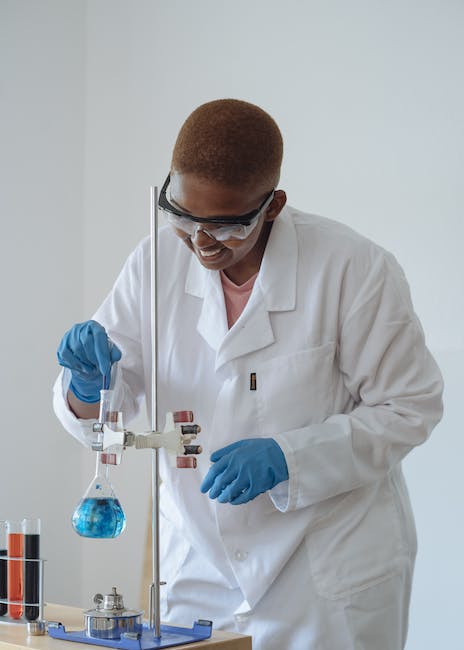
How Can You Prevent Tennis Elbow?
The best way to prevent tennis elbow is to avoid overusing or injuring your forearm muscles and tendons. Some tips to prevent tennis elbow include:
- Warming up properly before engaging in any activity that involves your arms
- Using proper technique and equipment when playing racquet sports or performing other tasks that require gripping or twisting of your arm
- Choosing a tennis racket that fits your hand size, grip strength, and skill level
- Using a lower string tension and a larger racket head to reduce the impact and vibration on your elbow
- Taking frequent breaks and changing your arm position or activity when you feel any discomfort or fatigue in your elbow or forearm
- Doing regular stretching and strengthening exercises to keep your muscles and tendons flexible and strong
- Seeking medical attention if you experience any persistent or severe pain or swelling in your elbow
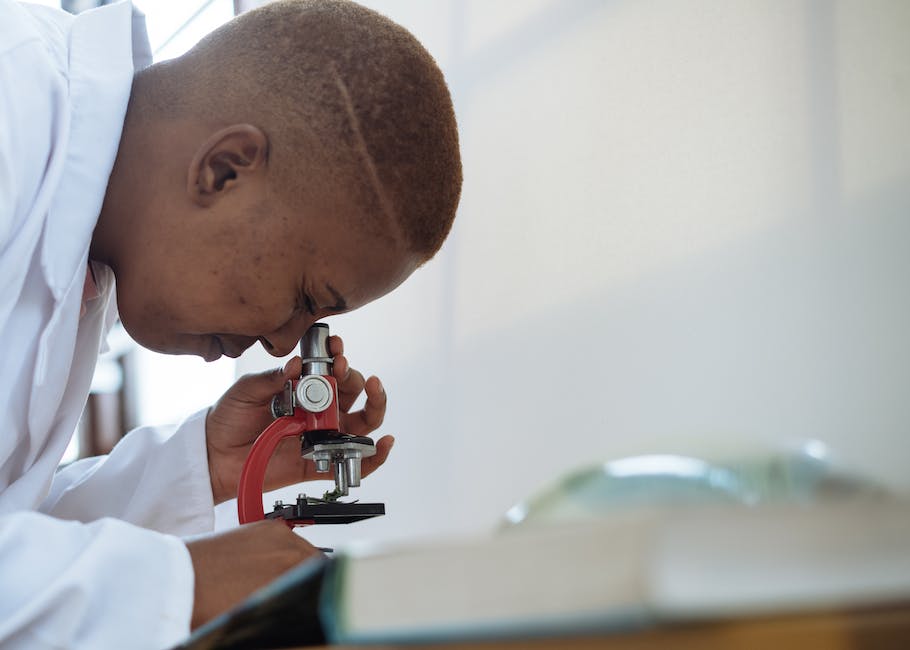
Conclusion
Tennis elbow is a common condition that affects many people who use their forearm muscles frequently. It causes pain and inflammation in the elbow joint and the surrounding muscles and tendons. It can be diagnosed by your doctor based on your history, symptoms, physical examination, and imaging tests. It can be treated by resting your elbow, applying ice, taking anti-inflammatory drugs, wearing an elbow brace, doing exercises, getting physical or massage therapy, getting injections, or getting surgery. It can be prevented by avoiding overuse or injury of your forearm muscles and tendons, using proper technique and equipment, taking breaks, and doing stretching and strengthening exercises. If you have any questions or concerns about tennis elbow, please consult your doctor or a qualified health professional. Thank you for reading this blog post. I hope you found it informative and helpful. 😊
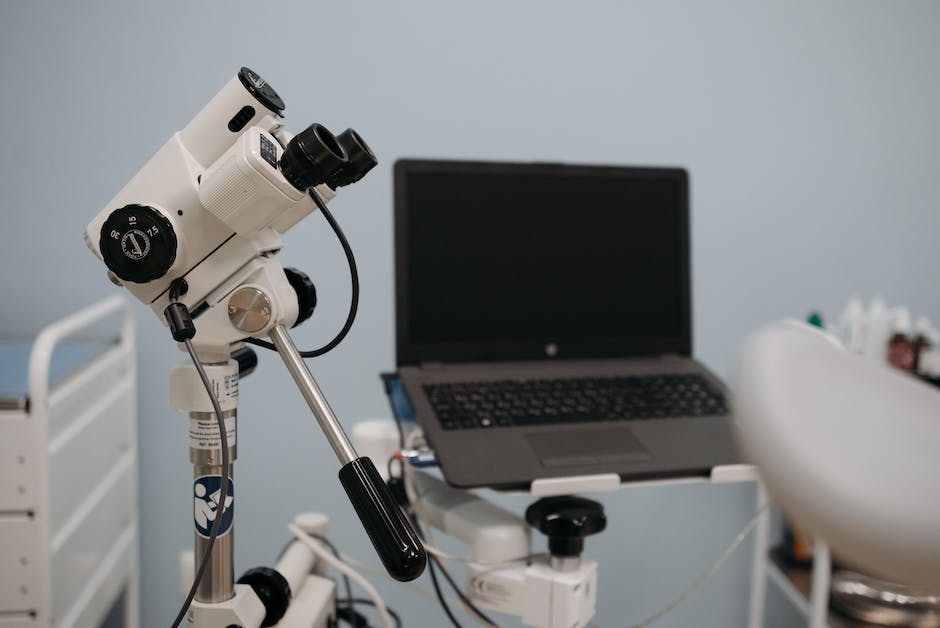
FAQ
What is the difference between tennis elbow and golfer’s elbow?
Tennis elbow and golfer’s elbow are both types of tendinitis that affect the elbow joint, but they involve different tendons and cause pain in different areas. Tennis elbow affects the tendons that attach the forearm muscles to the outer part of the elbow, while golfer’s elbow affects the tendons that attach the forearm muscles to the inner part of the elbow. Tennis elbow causes pain on the outside of the elbow, while golfer’s elbow causes pain on the inside of the elbow.
How long does it take to recover from tennis elbow?
The recovery time from tennis elbow varies depending on the severity of the condition, the treatment methods used, and how well you follow your doctor’s advice. In general, it may take from several weeks to several months for your symptoms to improve. Some cases of tennis elbow may become chronic and last for more than a year.
Can I still play tennis if I have tennis elbow?
It depends on how severe your symptoms are and how much they affect your performance and comfort. If you have mild or moderate pain, you may be able to play tennis with some modifications, such as using a different racket, lowering the string tension, reducing the frequency and intensity of your sessions, and warming up properly. However, if you have severe or persistent pain, you should avoid playing tennis until your condition improves. Playing tennis with tennis elbow may worsen your injury and delay your recovery.
How can I prevent tennis elbow from recurring?
To prevent tennis elbow from recurring, you should continue to follow the preventive measures mentioned in the blog post, such as avoiding overuse or injury of your forearm muscles and tendons, using proper technique and equipment, taking breaks, and doing stretching and strengthening exercises. You should also monitor your symptoms and seek medical attention if they recur or worsen.
What are some home remedies for tennis elbow?
Some home remedies that may help relieve pain and inflammation from tennis elbow include:
- Applying ice packs or cold compresses to your elbow for 15 to 20 minutes several times a day
- Taking over-the-counter anti-inflammatory drugs (NSAIDs), such as ibuprofen or naproxen, to reduce pain and swelling
- Wearing an elbow brace or strap to support your joint and reduce stress on your tendons
- Doing gentle stretching exercises to improve flexibility and blood flow to your muscles and tendons
- Doing strengthening exercises to build up your forearm muscles and prevent further injury
However, these home remedies are not a substitute for professional medical care. You should consult your doctor before trying any home remedies and follow their instructions carefully.
What are some complications of tennis elbow?
If left untreated, tennis elbow may lead to complications such as:
- Chronic pain and stiffness in your elbow or forearm
- Reduced range of motion and function of your joint
- Weakness or numbness in your hand or fingers
- Difficulty performing daily activities that require gripping or twisting of your arm
- Tendon rupture or tear, which may require surgery
Therefore, it is important to seek medical attention if you have any signs or symptoms of tennis elbow and follow your doctor’s advice on how to treat it.
How can I tell if I have a tendon rupture or tear?
A tendon rupture or tear is a serious injury that occurs when a tendon breaks or splits due to excessive force or trauma. It may cause sudden and severe pain, swelling, bruising, bleeding, or deformity in your elbow or forearm. You may also hear a popping or snapping sound when it happens. You may not be able to move or use your arm normally.
If you suspect that you have a tendon rupture or tear, you should seek immediate medical attention. Your doctor will examine your injury and perform some tests to confirm the diagnosis. You may need surgery to repair the damaged tendon and restore its function.
What are some alternative treatments for tennis elbow?
Some alternative treatments that may help with tennis elbow include:
- Acupuncture: This is a traditional Chinese medicine technique that involves inserting thin needles into specific points on your body to stimulate healing and relieve pain.
- Dry needling: This is a technique that involves inserting thin needles into trigger points (knots) in your muscles to release tension and reduce pain.
- Extracorporeal shock wave therapy (ESWT): This is a technique that uses sound waves to create microtrauma in your tendons to stimulate blood flow and healing.
- Laser therapy: This is a technique that uses low-level laser light to penetrate into your tissues and stimulate cellular activity and healing.
- Ultrasound therapy: This is a technique that uses high-frequency sound waves to create heat and vibration in your tissues to improve blood flow and healing.
These alternative treatments may have some benefits for some people with tennis elbow, but they are not proven to be effective or safe for everyone. You should consult your doctor before trying any alternative treatments and be aware of their potential risks and side effects.
How can I find a good physical therapist or massage therapist for tennis elbow?
Physical therapy and massage therapy are both effective treatments for tennis elbow that can help improve mobility and function of your joint, reduce pain and inflammation, and prevent recurrence of the condition. To find a good physical therapist or massage therapist for tennis elbow, you should:
- Ask your doctor for a referral or recommendation
- Check the credentials and qualifications of the therapist
- Look for a therapist who has experience and expertise in treating tennis elbow
- Read reviews and testimonials from previous or current clients
- Visit the therapist’s website or office and ask questions about their services, fees, and policies
- Choose a therapist who you feel comfortable and confident with
How can I cope with the emotional impact of tennis elbow?
Tennis elbow can have a negative impact on your emotional well-being, as it may cause frustration, anxiety, depression, or anger. It may also affect your self-esteem, social life, or work performance. To cope with the emotional impact of tennis elbow, you should:
- Acknowledge and accept your feelings and emotions
- Seek support from your family, friends, or a counselor
- Focus on the positive aspects of your life and your progress
- Set realistic and achievable goals for your recovery
- Celebrate your achievements and reward yourself
- Engage in activities that make you happy and relaxed, such as hobbies, meditation, or music
- Avoid negative thoughts and behaviors that may worsen your condition or mood





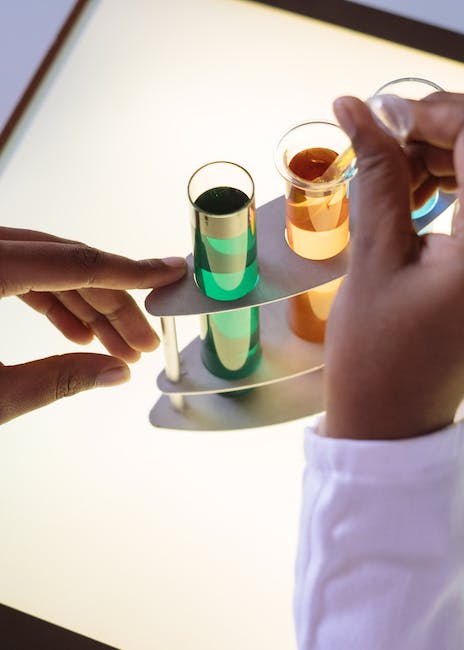

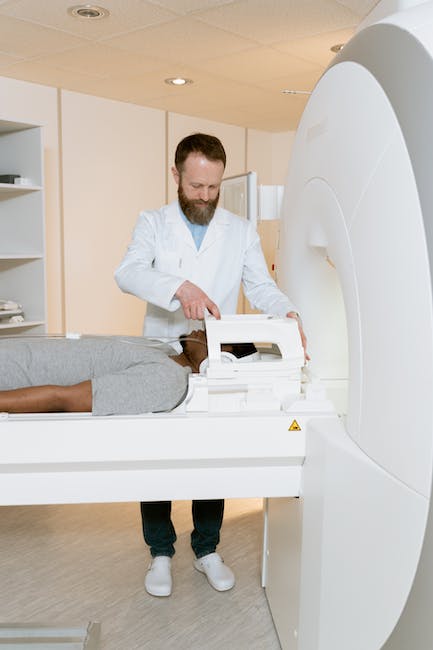
No Comment! Be the first one.